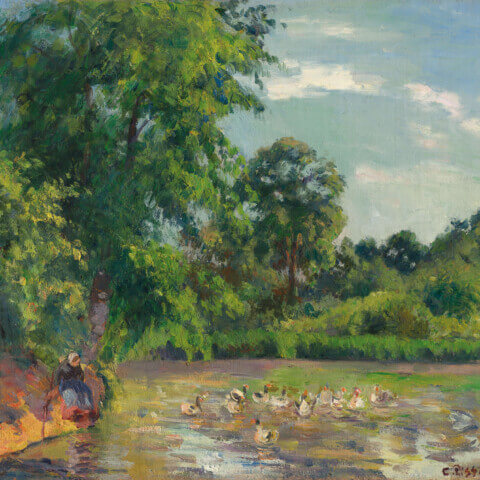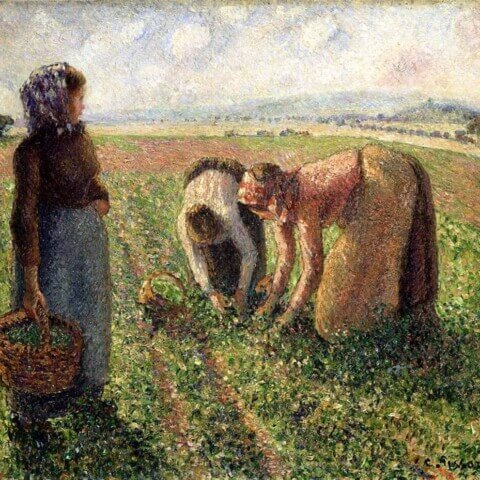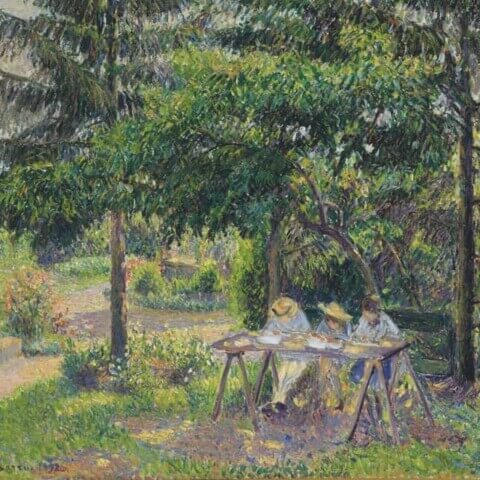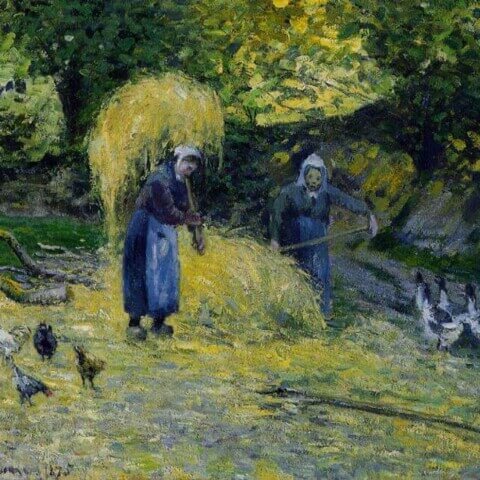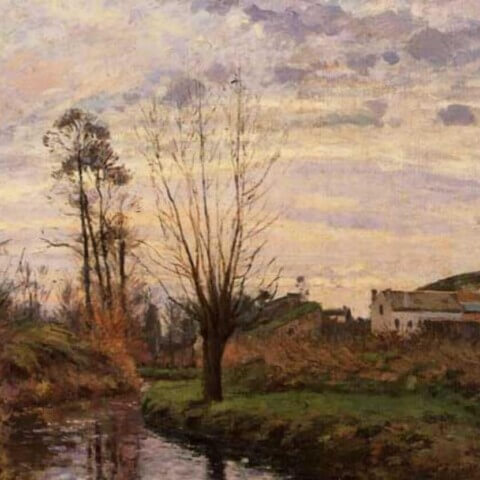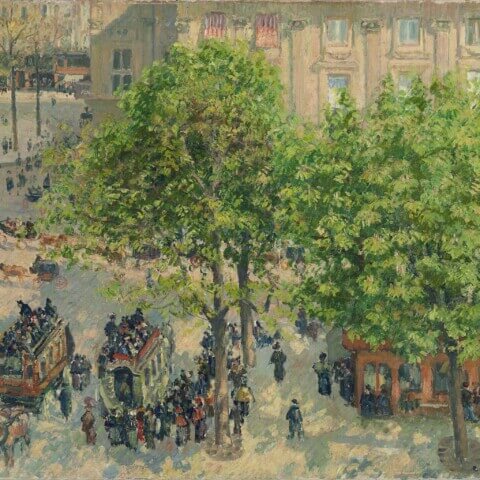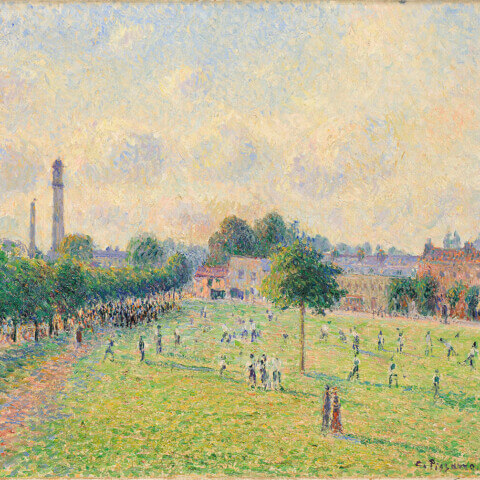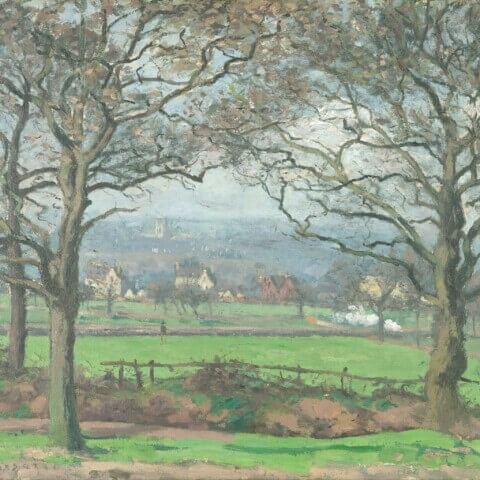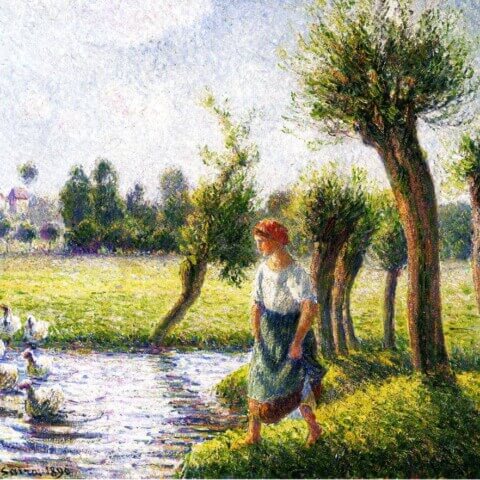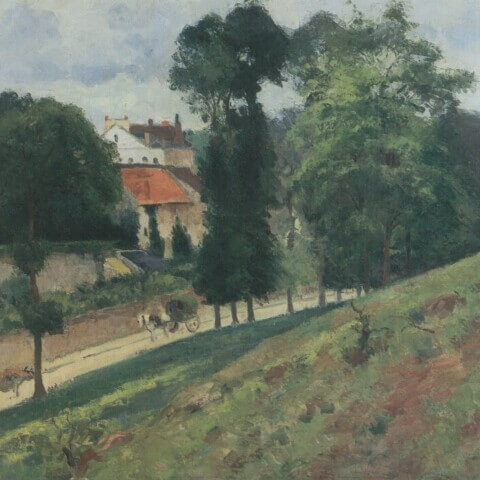Camille Pissarro
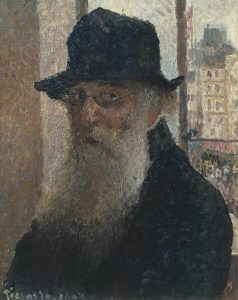
Camille Pissarro (1830-1903) was a significant figure in the world of art, known for his innovative contributions to Impressionism and Post-Impressionism. Born on the island of St. Thomas in the Danish West Indies, he later moved to France where he spent most of his life painting. His body of work predominantly comprises rural and urban landscapes, often featuring the toil of the laborers he observed.
Pissarro was one of the most prominent members of the Impressionist movement, a style defined by its embrace of contemporary subject matter, bold colors, and visible brushstrokes. He was the only artist to participate in all eight of the Impressionist exhibitions held between 1874 and 1886. He often focused on capturing natural light and weather conditions in his outdoor scenes, a characteristic hallmark of the Impressionist style.
Later in his career, Pissarro adopted elements of the Post-Impressionist style, with a greater focus on structure, form, and symbolic content. His stylistic evolution was partially influenced by younger artists like Georges Seurat and Paul Signac, who introduced him to the Pointillist technique.
Pissarro’s influence extends beyond his own artwork. He was also a dedicated mentor to many younger artists, including Paul Cézanne and Paul Gauguin. His generosity and commitment to advancing the artistic community, coupled with his pioneering work in Impressionism and Post-Impressionism, cement his place in the annals of art history. His work continues to be celebrated for its innovative technique, empathetic depiction of labor, and profound influence on the trajectory of modern art.

